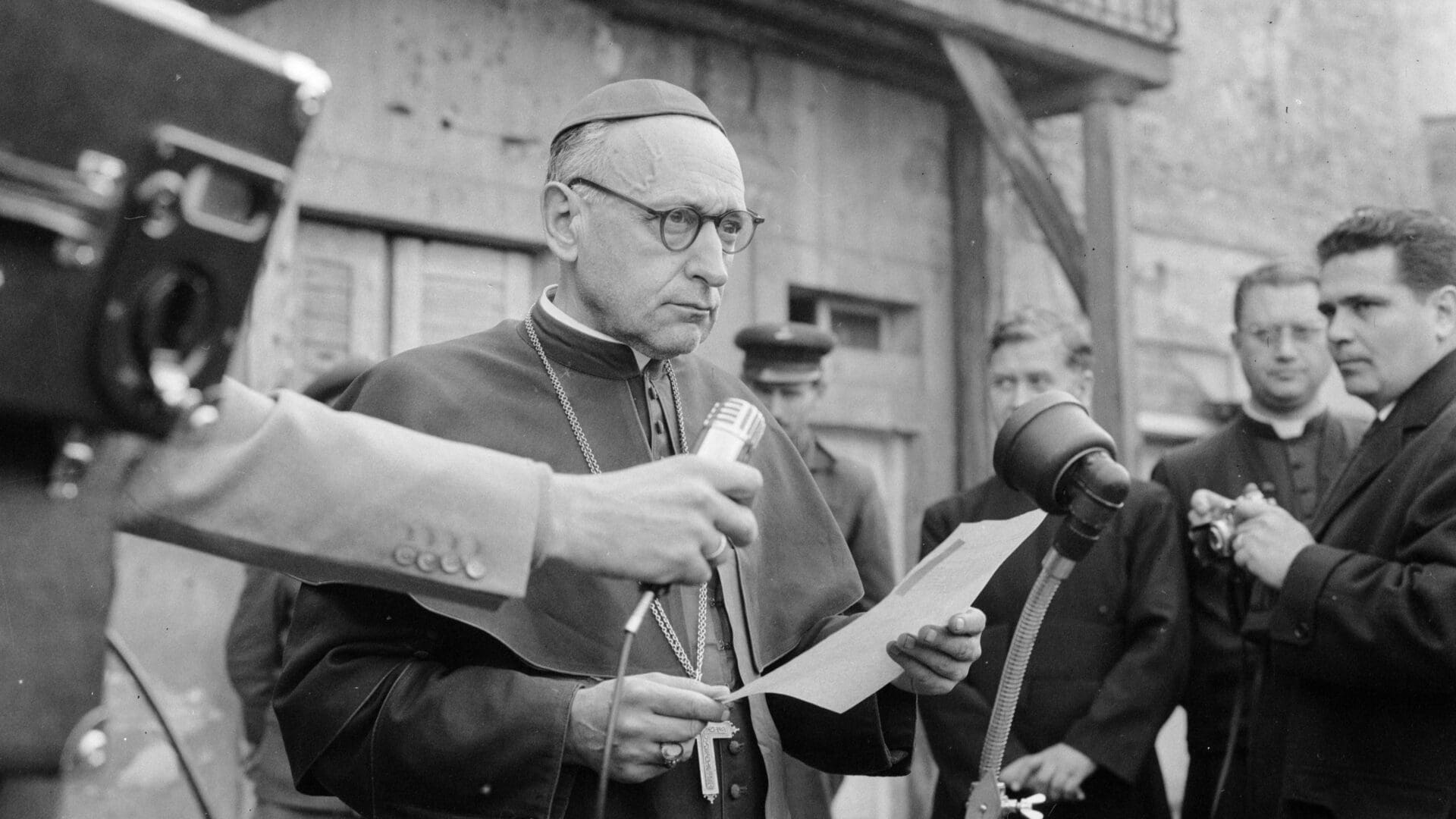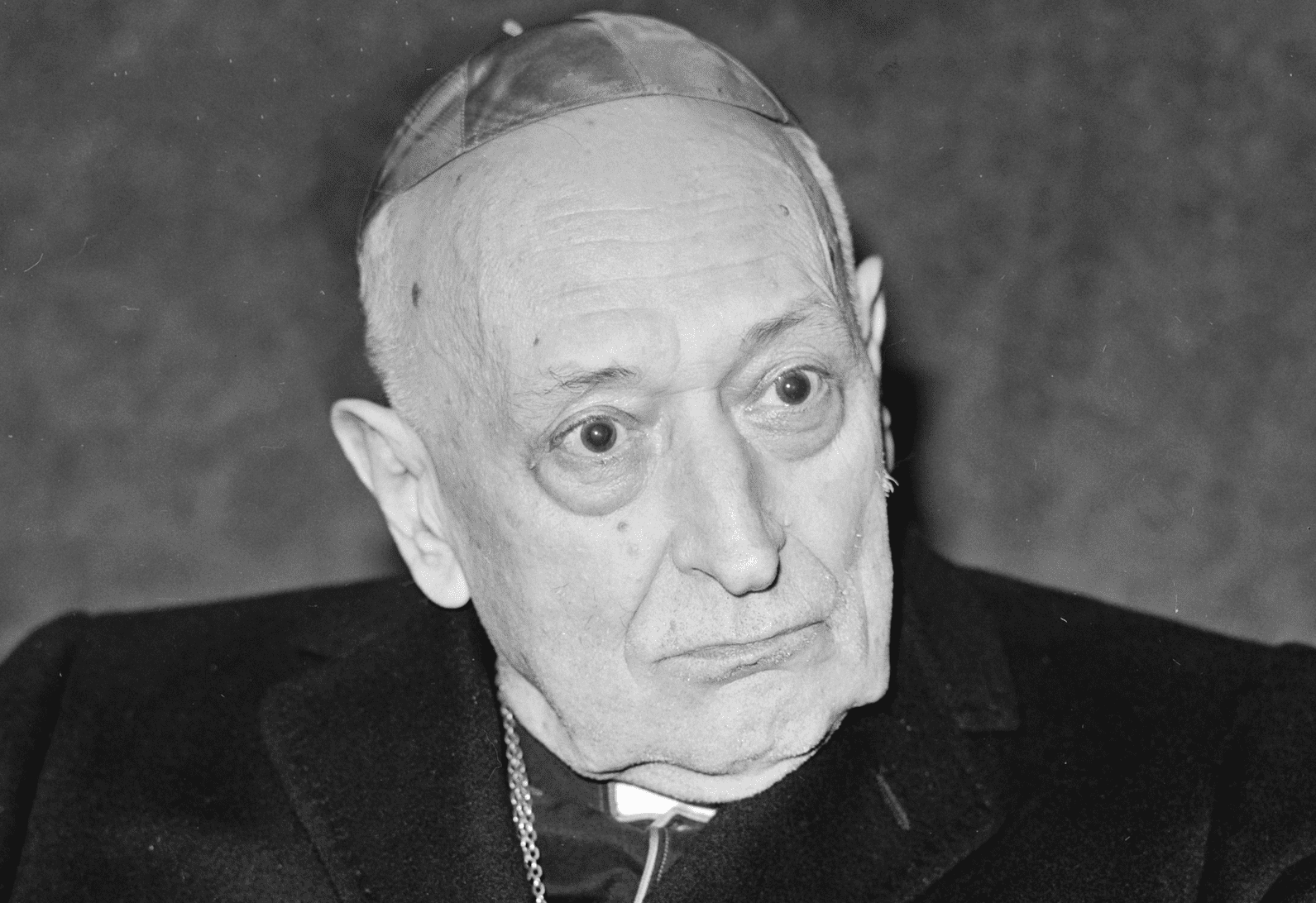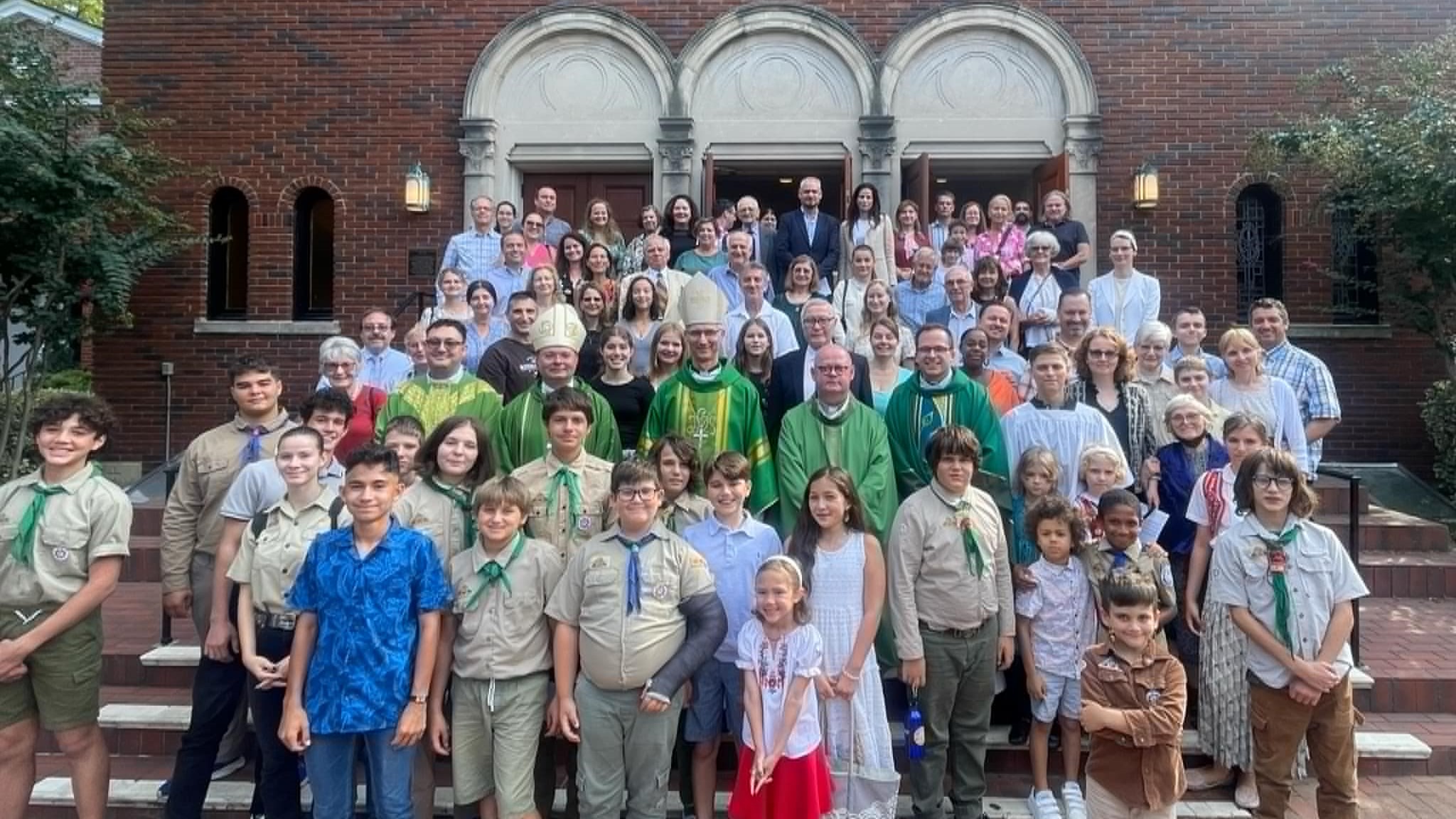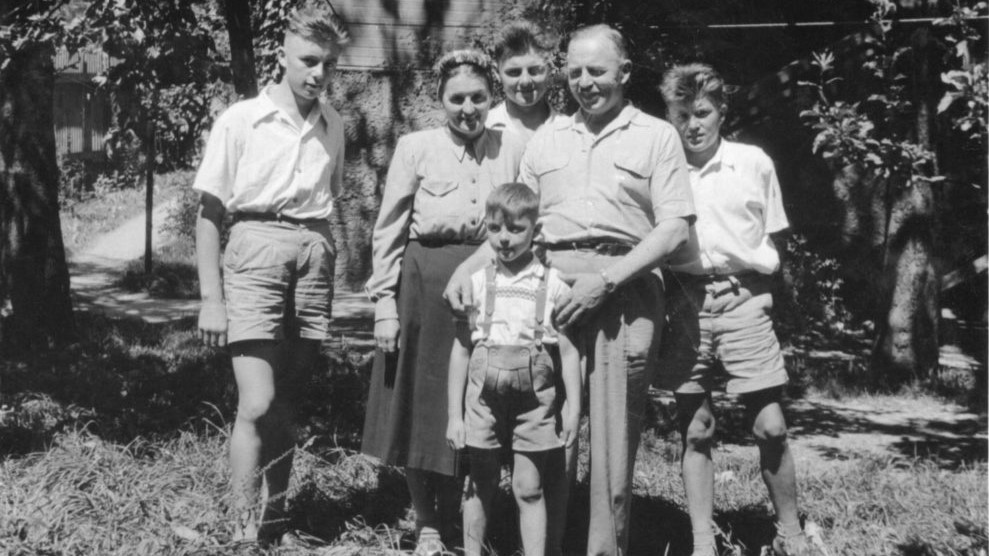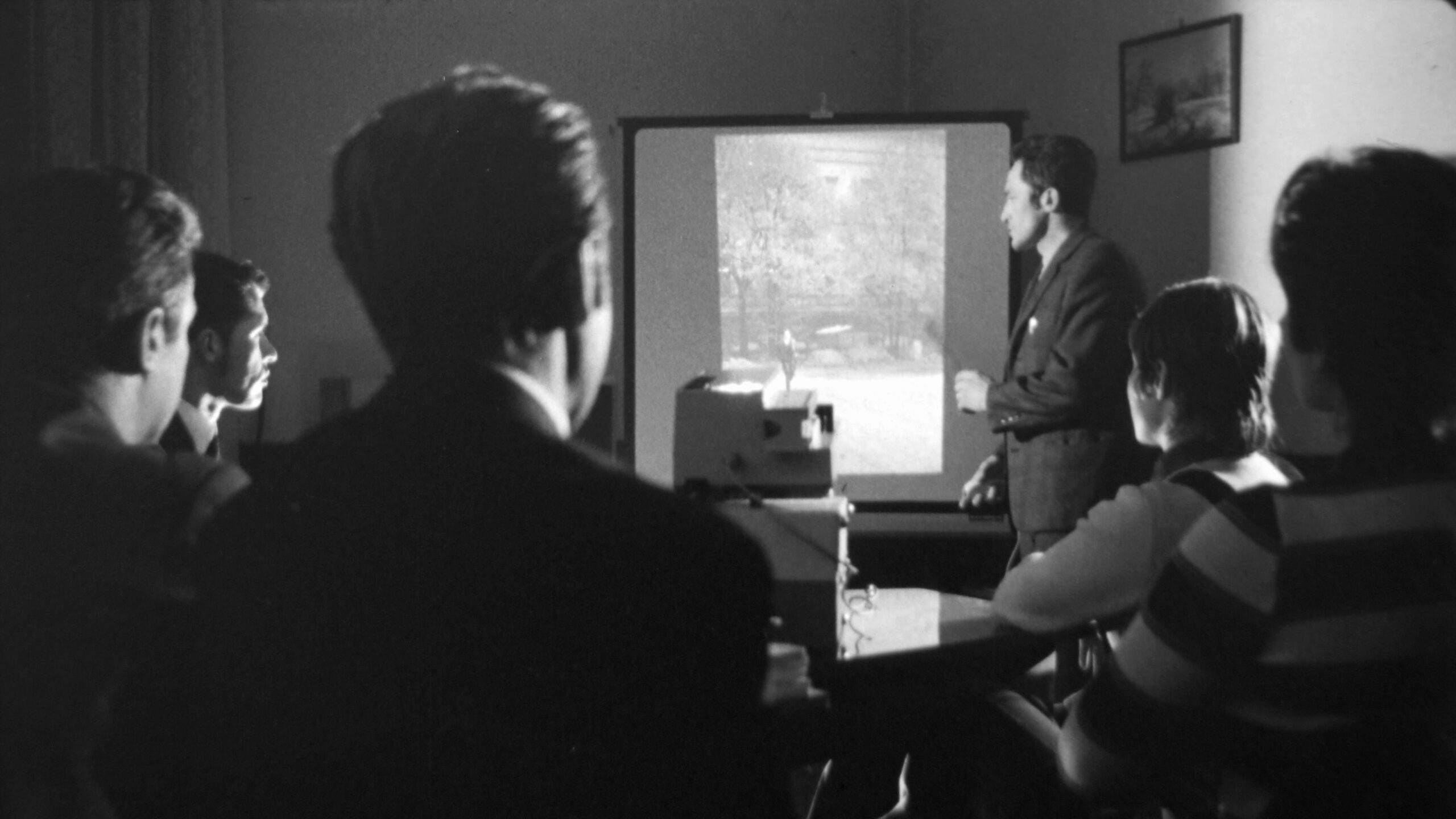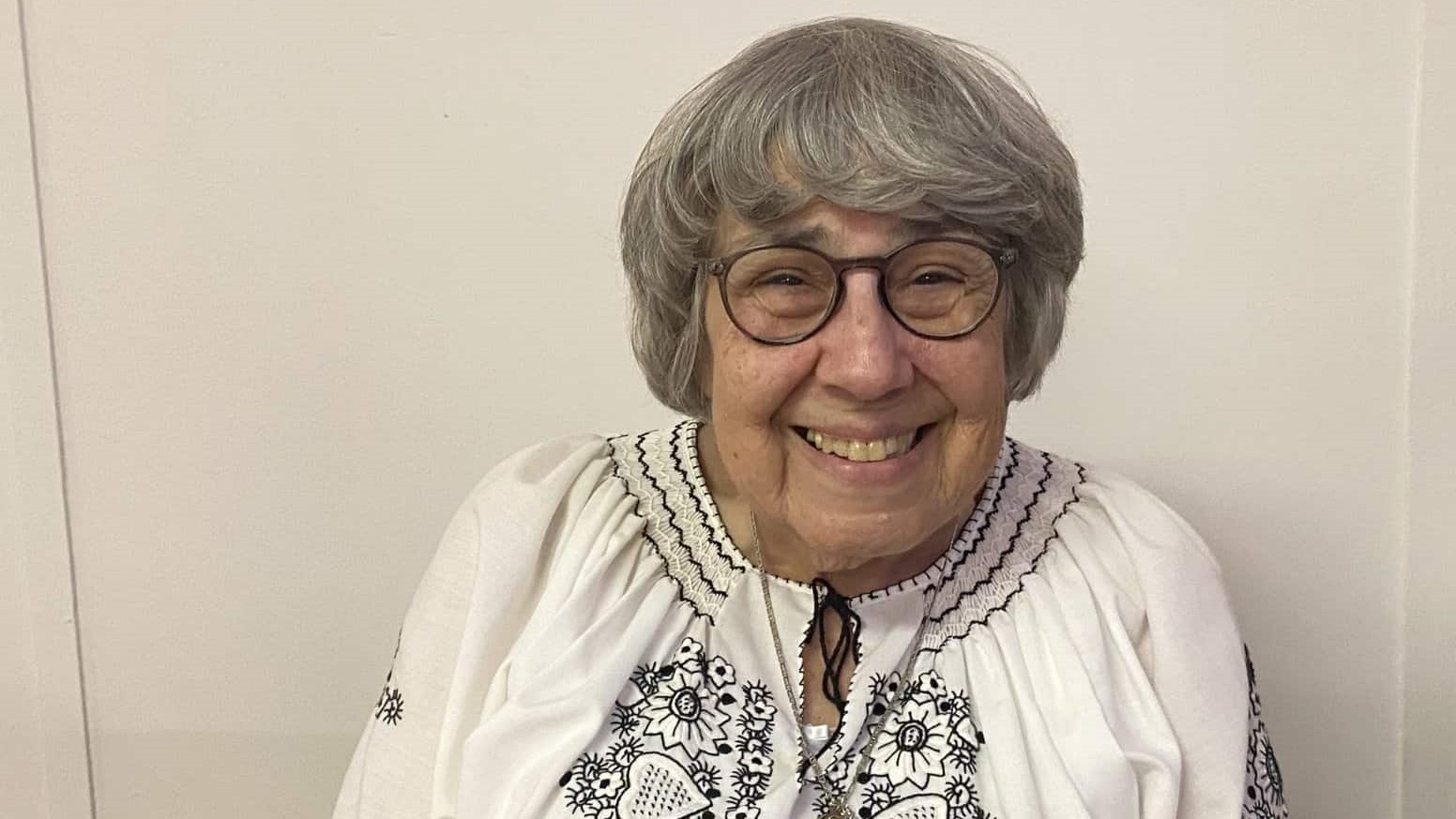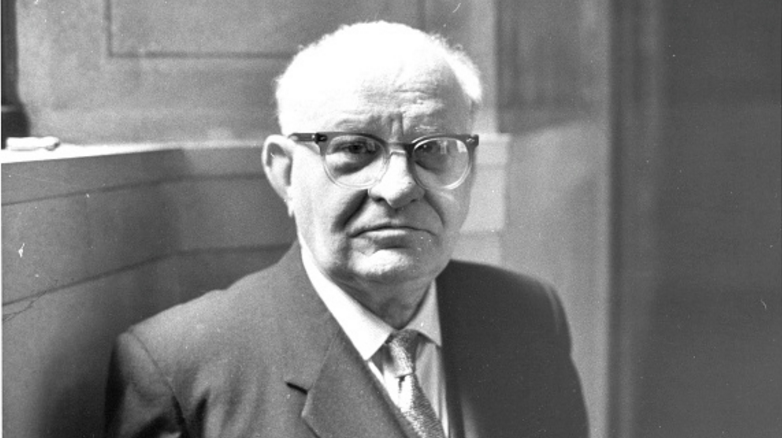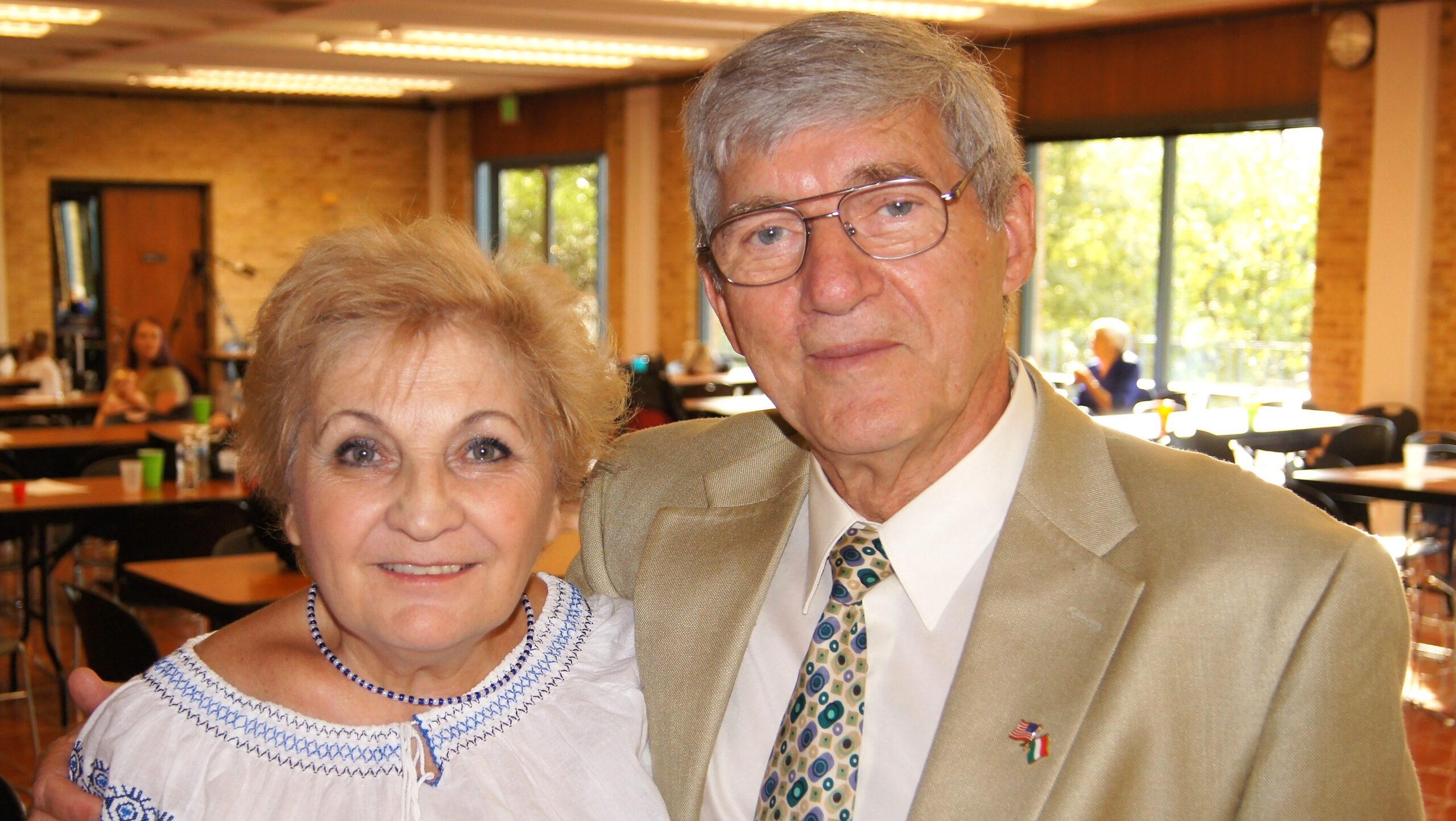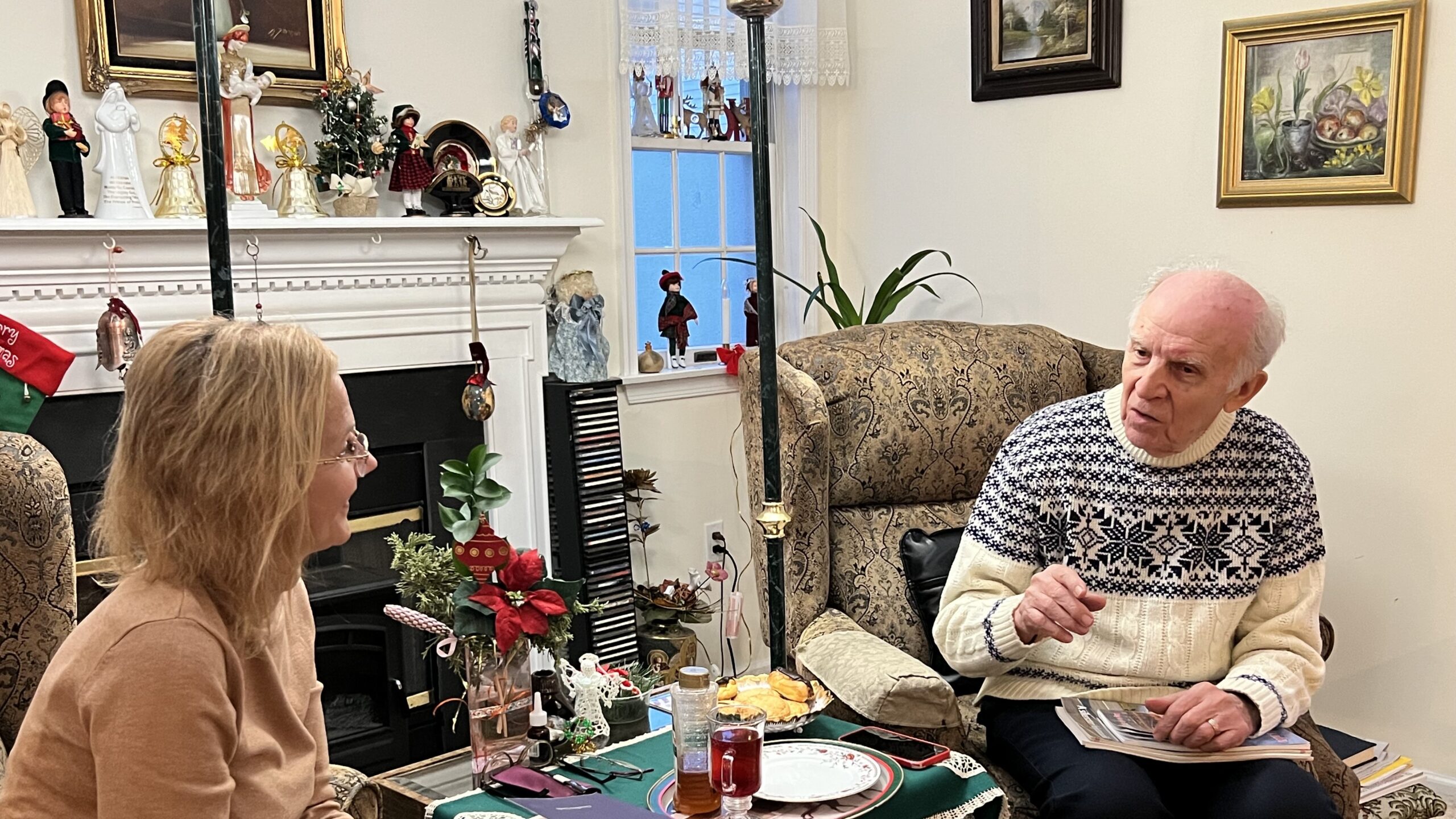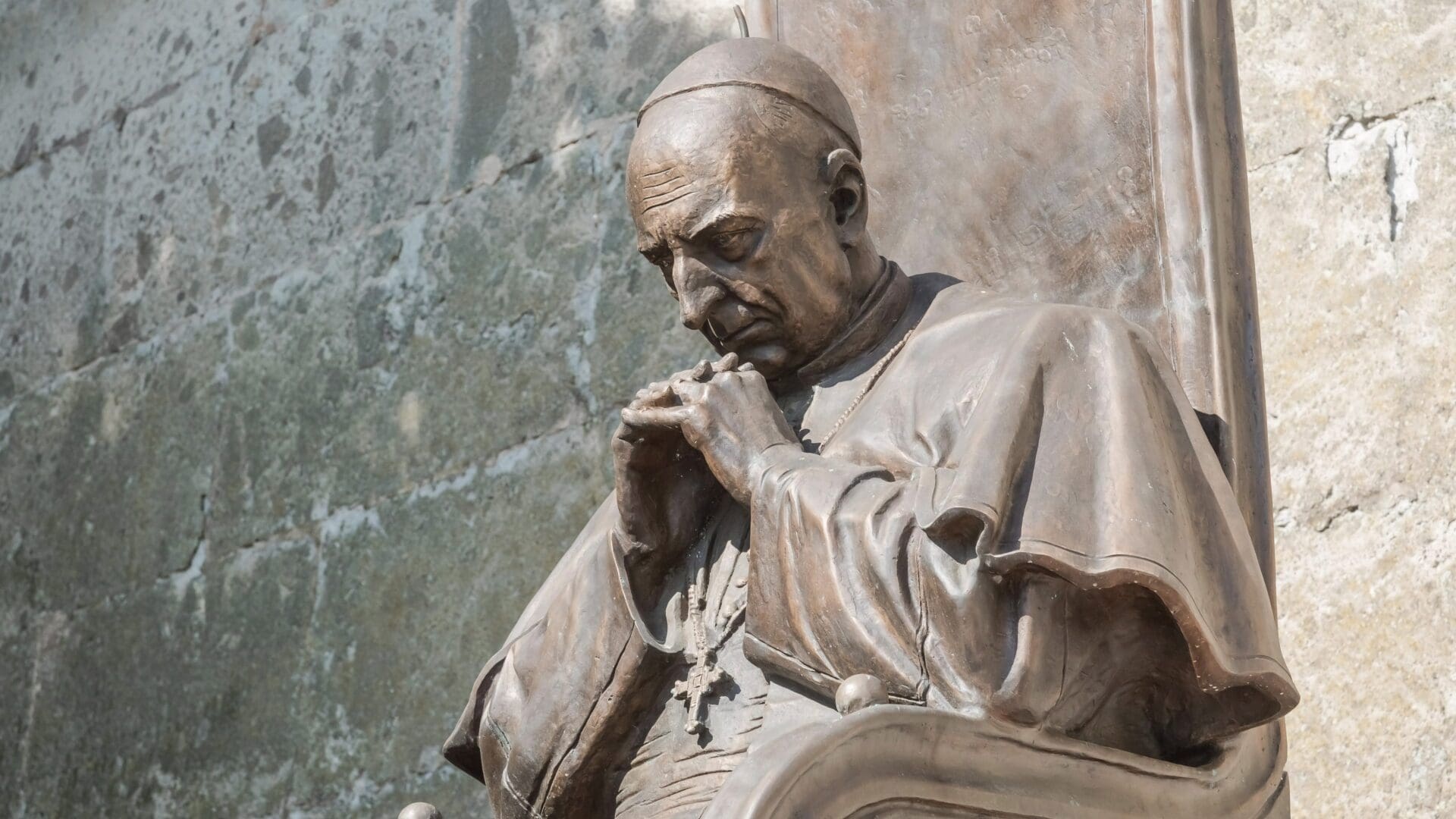
The ‘White Martyr’: József Mindszenty
József Mindszenty is often commemorated as one of the first victims of the Rákosi regime. However, his 1949 arrest and show trial were not the last stage of his ‘white martyrdom’: he spent one and a half decades as an asylee at the US Embassy in Budapest, only to be exiled from the country for good in 1971.

